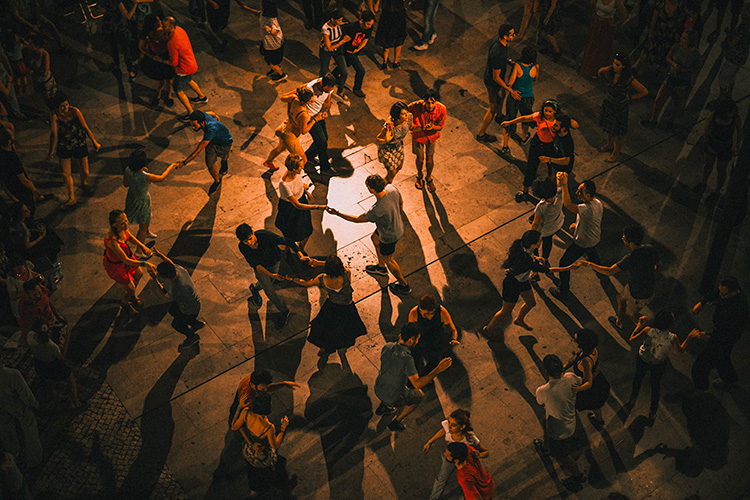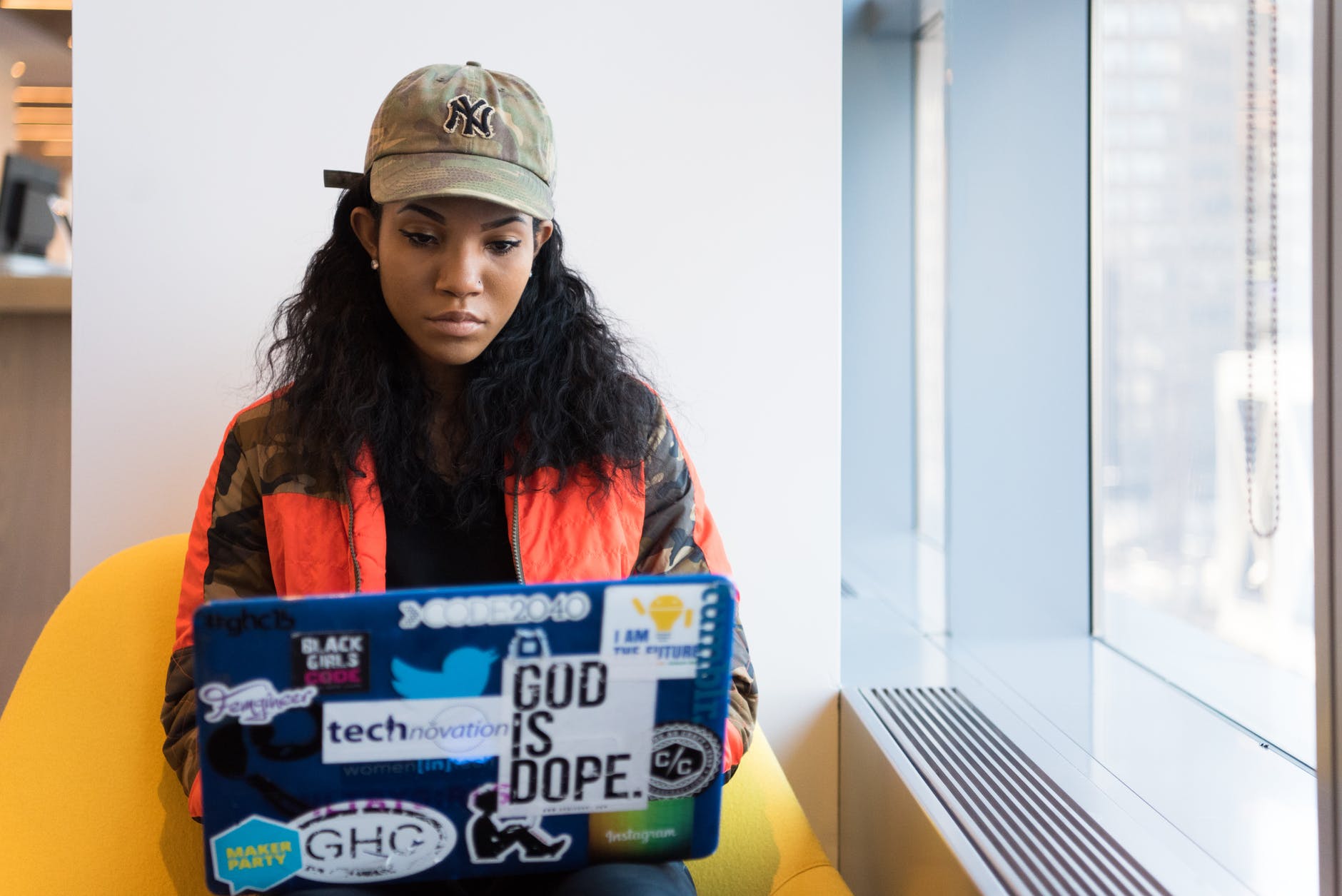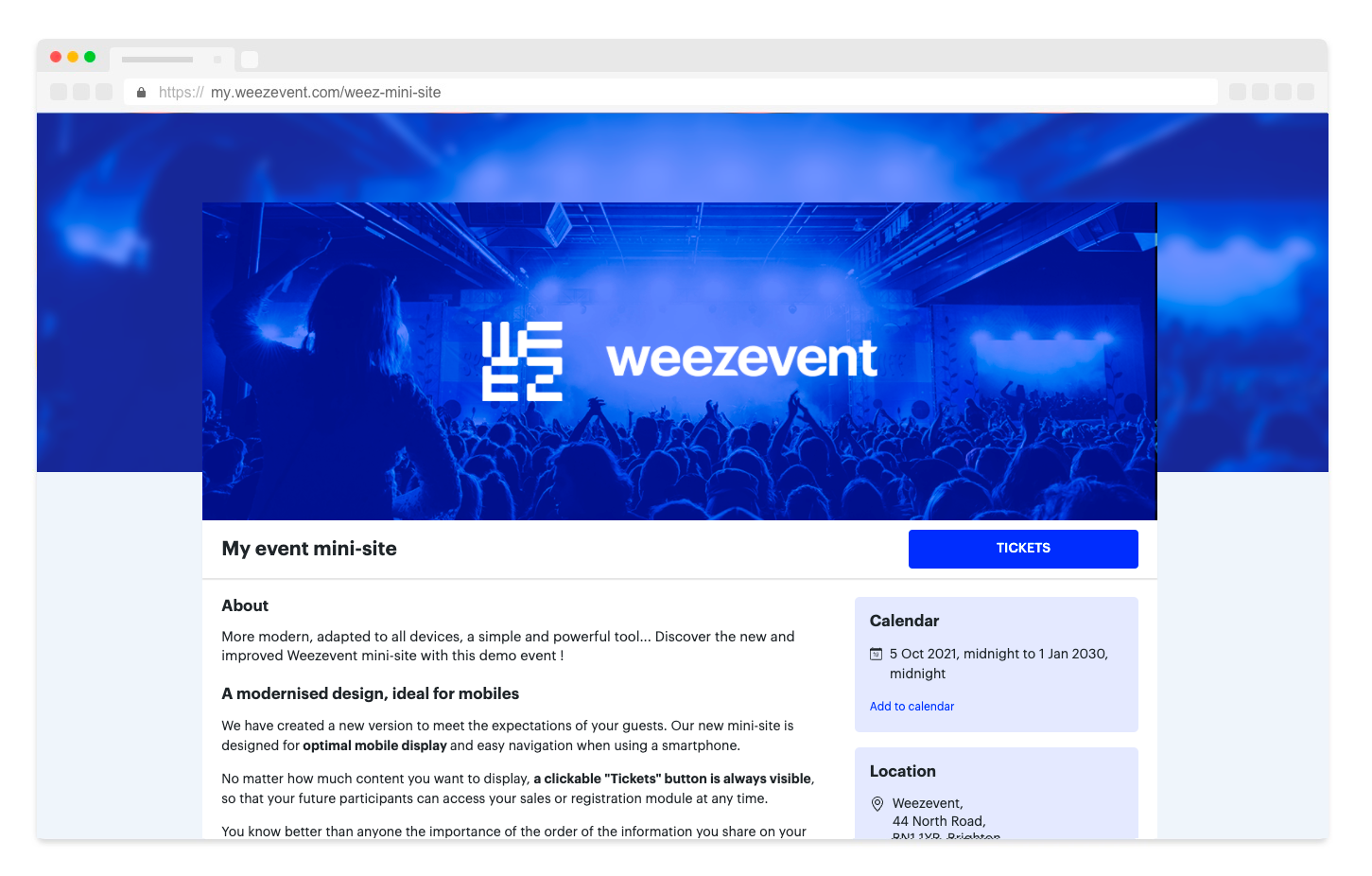L’organisation d’une soirée dansante est un challenge. Pourtant, en suivant quelques étapes simples, vous pourrez proposer à vos participants une expérience inoubliable.
Content
1. Types of dance parties
Before getting started on the logistics of your dance party, you will need to define its outline in order to adapt its content. Ask yourself the following questions:
a) What style of dance will the party feature?
Often, dance parties are designed around one or more dance styles. Those who like to dance usually prefer to know in advance what kind of moves will be expected of them at the party. For instance, a tango dancer might feel out of their depth around hip-hop dancers, and vice versa.
Selecting a main dance style also makes it easier to promote the party if you invite all those who like that particular style.
b) Is there an age limit for your party?
Some dances are not open to under-18s. You can either do this or choose to open your dance to everyone. It’s important that you specify these criteria in the registration form for your event.
Also, remember that the rules will change depending on whether your event is open to under-18s.
c) Will you offer a dance class?
It’s not uncommon for dance parties to start with a dance lesson given by a professional in the chosen discipline.
This format allows all dancers to warm up, discover the style or remember certain steps.
Attendees of all levels will be more relaxed and more likely to dance together throughout the party.
d) Do attendees need to have a certain level of skill?
Whether you’re organising a class or not, you will need to decide whether your event is open to all levels of dancers or advanced dancers only.
To allow everyone to have fun, with no risk of stress or boredom, you can offer different groups of levels. To do this, add a multiple choice question to the registration form linked to your online ticketing system.
e) How do I manage the allocation of dance partners?
If you are organising a party where the dance is done in pairs, you will need to consider how best to manage the allocation of partners.
To ensure that everyone can have fun at the party, there should ideally be as many ‘leaders’ as ‘followers’. As with the management of the different levels, you can suggest that your attendees choose one role or the other when they register for your event.
Once you have answered all these questions, you will have a better idea of how your event will take place and what you’ll need.
2. Choice of venue
The ideal dance party takes place in the ideal venue. You must ensure that your attendees enjoy the best possible conditions while remaining within your budget. To do this, you can explore several options:
a) Renting a room or hall
If possible, you can plan to rent a room or hall especially for the occasion. Whatever region you’re organising your dance party in, you will find halls for hire for all types of budget, either by the hour or by the evening. Either free of charge or for a contribution, venues will often offer equipment to guarantee your event’s atmosphere with music and lighting.
b) Agreement with a business
Businesses sometimes organise joint events with another organisation. You can ask bars and restaurants in your community to organise a joint event. You will then benefit from the use of a room, and the establishment will benefit from the purchasing of drinks at the venue.
You can also contact businesses that are more removed from the dance sector to organise a unique, original joint event (e.g. thrift shops, museums, record shops).
c) The local authority
If you represent a charity, contact your local authority to explore the options available to you. It’s likely that the authority has one or more municipal halls which can be used free of charge or at a low cost. The more people a town/city has, the more in advance you’ll need to book the ideal slot. Ask the local authority a few weeks or even months before your event.
d) Public places
Although it might seem surprising, it’s not impossible to organise dance events in public places. However, you will need to represent a not-for-profit organisation in order to be issued with an official permit. To obtain this authorisation, you will need to make a prior declaration to the town/city hall between 3 and 15 days before your event. This deadline is extended to two months before the event if it’s to be held in the city of Paris.
This authorisation gives you the right to organise your event in a public place, but also confers on you several responsibilities related to order, respect and cleanliness.
Whatever venue you choose, check how late you can hold your dance party until, as well as how easy it is to get there by public transport or private vehicle.
3. Equipment
Once you’ve decided on the venue for your dance party, you can turn to the issue of equipment. Some venues provide this, but others are what we call ‘bare’ or ‘unfurnished’ rentals, and require you to equip them.
Depending on your wishes, your budget and the frequency of your dance parties, you can rent or buy the necessary equipment. Don’t hesitate to seek professional advice to ensure you make the right choice.
- Sound system: It will be difficult for your attendees to dance if there is no music. Make sure you have equipment that’s powerful enough to properly fill the event venue.
- Lighting: To create a pleasant atmosphere, avoid classic bright lights. Instead, opt for a subdued atmosphere, which will make your attendees feel more comfortable.
- Food & beverages: To delight the dancers, be sure to offer them enough water. If you have the necessary permission you can provide alcohol, but dancers will often prefer soft drinks. Also provide light snacks for your attendees, who will be happy to take the chance to refuel.
4. D-Day
On the day of your dance party, be sure to remind your attendees of the main information about your event: what time they’re expected to arrive, how to get to the venue, what to bring and what’s not allowed, details of what will be provided on site (e.g. drinks, food), and any other information you think is important.
To make their arrival as smooth as possible, use an access control solution. This will allow you to check their tickets and reduce waiting times at the entrance.
It’s recommended that you call on a professional or amateur photographer to take pictures of the event. In just a few clicks, you can use mailing software to send a folder with the best photos of the event to all attendees. The dancers will be delighted to receive beautiful photos of the dance party they attended.
Organising a dance party is a great way to bring together dance enthusiasts and offer them a fun and festive time in your company. Make it easy for yourself by using a few simple tools, such as an online ticketing system, an access control solution and a mailing tool. This will ensure your event is a success, and allow you to quickly and easily re-invite attendees to the next edition.


